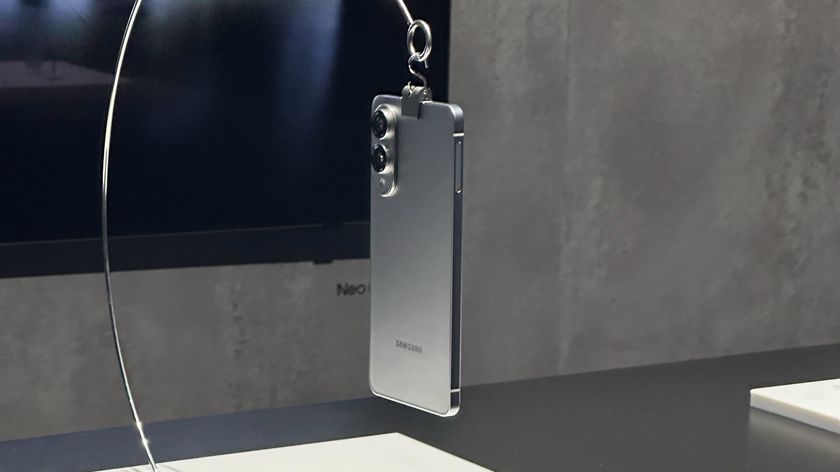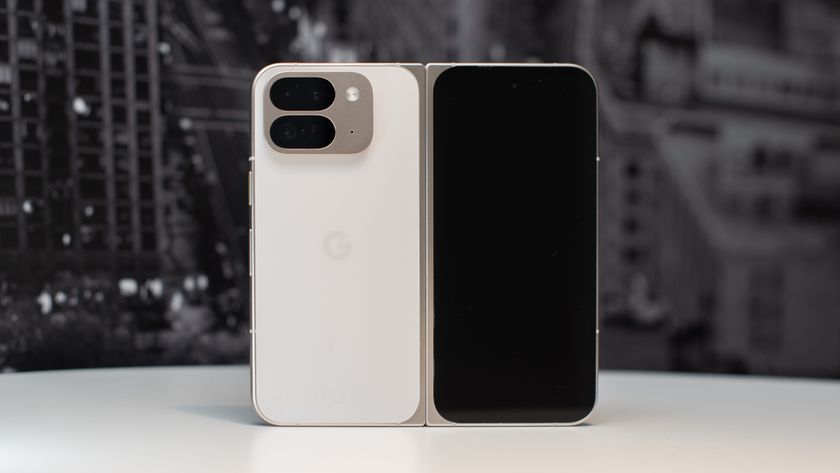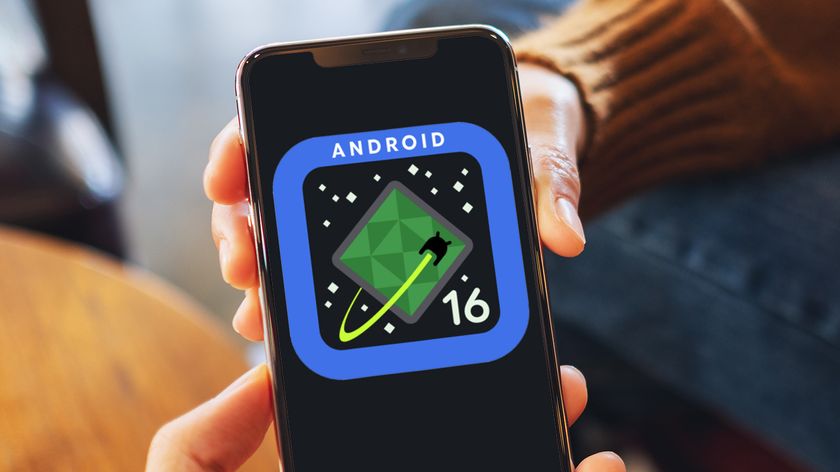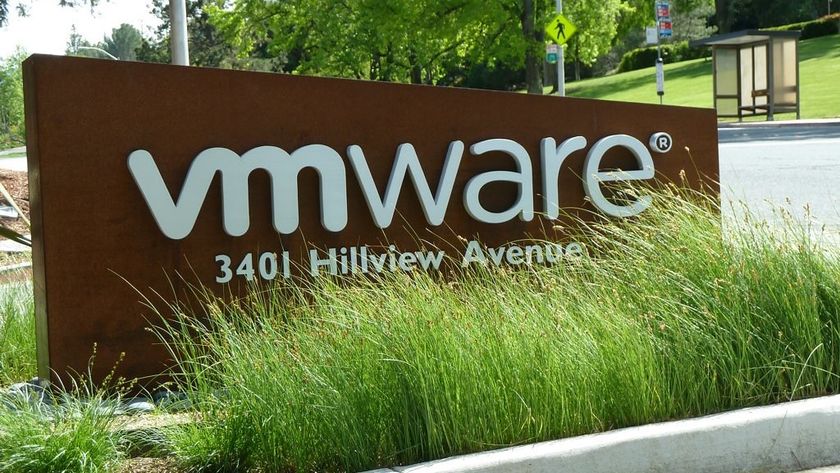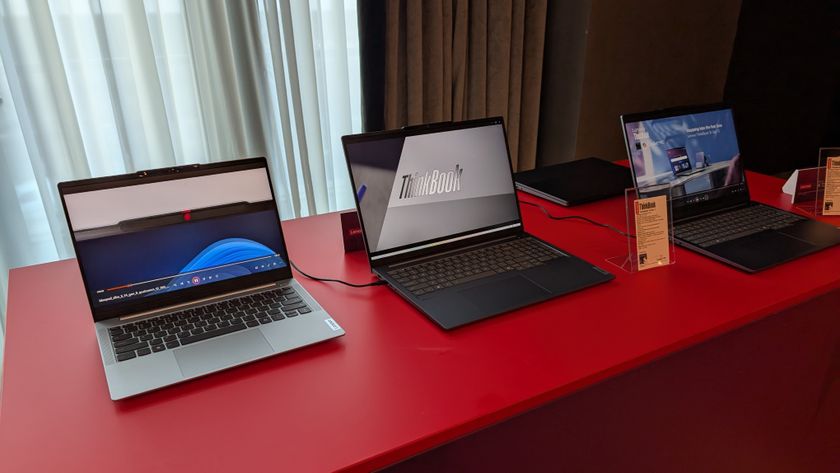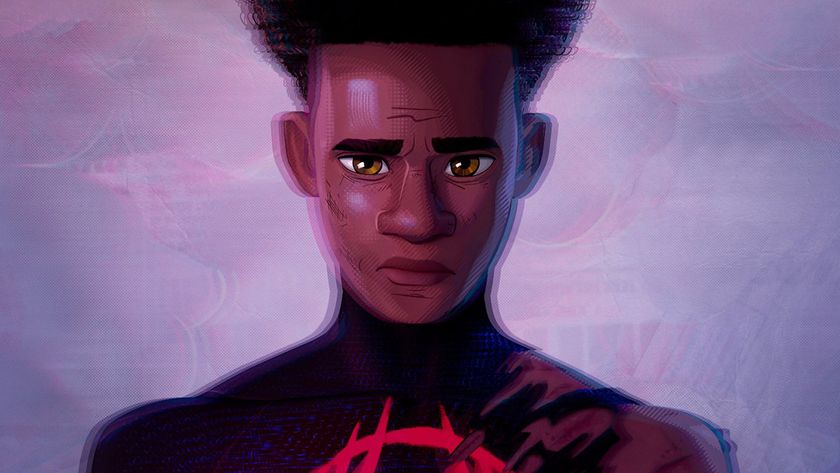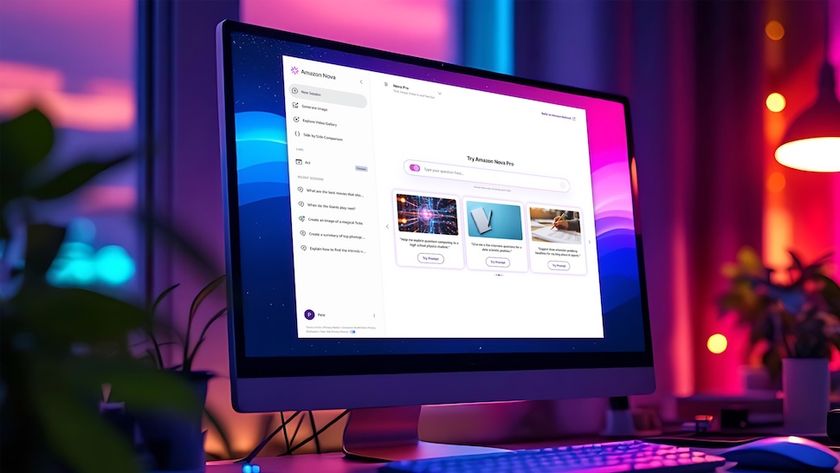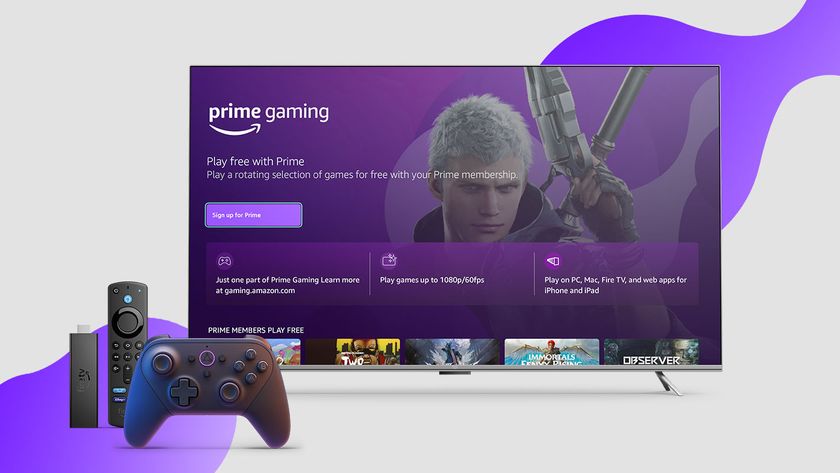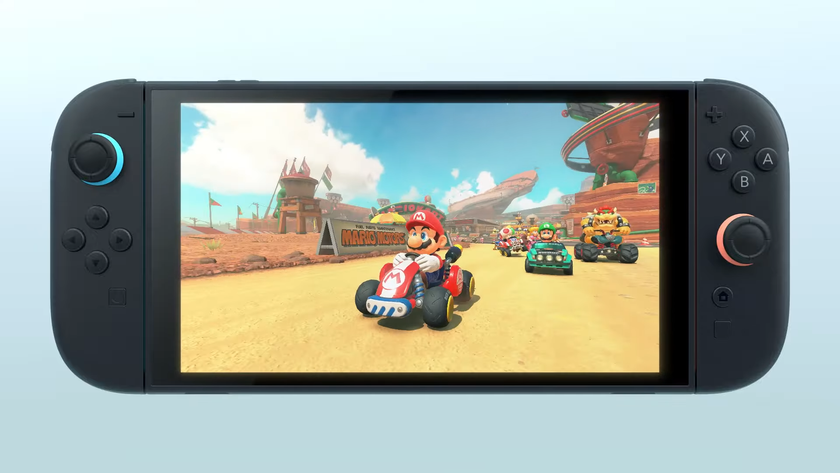The flops, near misses and glorious failures in the race to be the best smartphone OS
So close, yet so far
Firefox OS
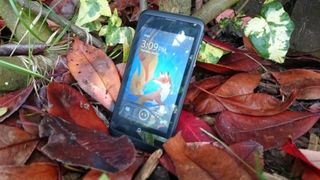
Mozilla is well-known for its popular web browser, Firefox, and yet the non-profit firm has also branched out into a number of different areas, some of them quite surprising.
On the surface, the drive towards creating an in-house, open-source operating system was to counter the decline of the open web, something that tech die-hards have been concerned about for some time. With the rise of apps and walled garden approaches to software, Mozilla decided to act.
The result was Firefox OS, focusing on the mobile web, HTML5 and a very low entry price. Indeed, though it proved to be non-existent in the end, much of the early conversation was dominated by Mozilla's promise of the first (usable) $25 smartphone, running Firefox OS.
As time went by Mozilla achieved some success, managing to sell a small number of devices in Columbia and Venezuela, among other countries, but nothing like the quantities needed either to break even or to gain any market share.
The result was obsolescence and as the media train moved on interest in Firefox OS waned. Mozilla itself, lacking the resources of a Google or an Apple, proved to be seemingly only half-interested in its offering and eventually closed the mobile OS for good in the latter quarter of 2015.
Much like Palm OS (another entry on this list) though, the software lives on - in televisions. Panasonic now employs an altered version in many of its units, giving it an afterlife as part of the 'Internet of Things' (widely regarded as one of the worst tech newspeak terms since 'phablet' came into existence).
Palm OS/WebOS
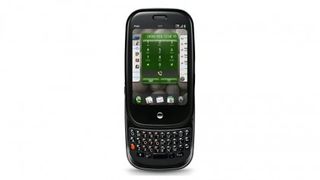
Before Nokia and BlackBerry got into the touchscreen smartphone game, before Android began to explode and when the Apple iPhone was still a hobbled little thing there was Palm and WebOS.
Get daily insight, inspiration and deals in your inbox
Sign up for breaking news, reviews, opinion, top tech deals, and more.
Sporting a much imitated gesture interface, card-based multitasking (which has been aped by everyone since) and many other futuristic features, WebOS was arguably the first operating system that introduced the concept of "smart" to smartphones.
First found on the Palm Pre in June 2009, such was the potential behind WebOS that HP bought Palm outright in 2010 for $1.2 billion.
Soon, the tide began to turn. Apple brought out the iconic iPhone 4 while Android advanced its appeal considerably through the likes of the HTC Desire. Interest in WebOS began to wane, not helped by HP's seeming inability to find a vision for its new product.
Shortly following the abortive launch of the HP TouchPad in 2011 (49 days to be precise), HP abandoned WebOS and all devices running the software.
This marked the end of WebOS on smartphones, however the operating system has since found new life through LG, with the firm including it - to significant acclaim - in its smart televisions.
Windows Phone 7 and 8
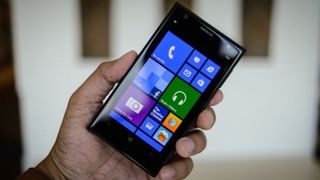
And now to the granddaddy of them all, at least in terms of money and effort spent. Windows Phone was Microsoft's answer to the Android/iOS duopoly, intended to have the strengths of both and the weaknesses of neither.
Sporting a bold new design and a daring interface utilizing 'live tiles', Windows Phone had a focus on simplicity and usability over unnecessary features and frippery.
Exercising total control over specifications and updates, Microsoft was able to keep the software experience tight and focused, leaving manufacturers to be inventive with their hardware, rather than over-complicating the user interface.
First debuting at MWC in 2010, Windows Phone 7 was a breath of fresh air, and enjoyed some not insignificant hardware support from PC OEMs – such as Dell, HP and Acer - looking to get in on the smartphone boom.
Initial enthusiasm led to a quick drop off in support, and soon Windows Phone 7 began to drift. Sensing the lack of momentum, Microsoft rebooted (knowing its way around a blue screen or six) with Windows Phone 8.
Sporting more functionality, and eventually the popular voice assistant Cortana, Windows Phone 8 nonetheless still failed to ignite the global market with a poorly stocked app store at the heart of the issues.
Now, the picture is grim. Microsoft has rebooted once again, this time with Windows 10 Mobile, another rejiggering of its mobile dream. However, with a lack of investment, in both funds and willpower, the platform is beginning to wilt badly, with the paucity of apps becoming even more problematic with several first party developers pulling out entirely (even Amazon is reported to be leaving the game).
Microsoft's mobile vision looks to be grinding to a halt, and it might take a true miracle to save it.
- For an operating system that isn't likely to fail check out iOS 10
- 1
- 2
Current page: Firefox OS, Palm OS/WebOS and Windows Phone
Prev Page MeeGo, Sailfish and BlackBerry 10Sean is a Scottish technology journalist who's written for the likes of T3, Trusted Reviews, TechAdvisor and Expert Reviews.
